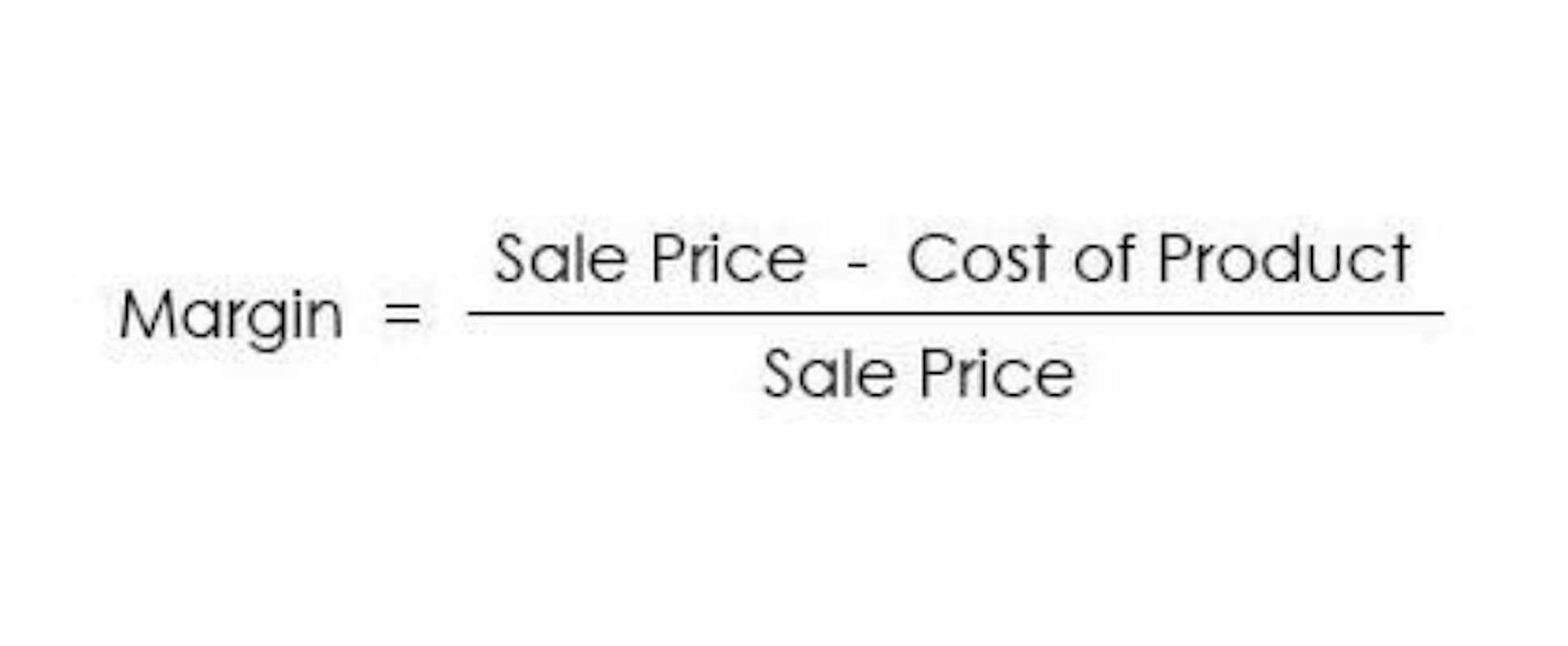
The present value of a single amount formula is most often used to determine whether or not an investment opportunity is good. To solve the problem presented above, first, determine the future value of $1,000 invested at 12%. For example, a timeline is shown below for the example above, where we calculated the future value of $10,000 compounded at 12% for 3 years. For example, suppose you want to know the value today of receiving $15,000 at the end of 5 years if a rate of return of 12% is earned. Of course, both calculations also hinge on whether the rate of return you chose is accurate. These recurring or ongoing payments are technically referred to as annuities (not to be confused with the financial product called an annuity, though the two are related).
Present Value of a Growing Annuity (g ≠ i) and Continuous Compounding (m → ∞)
Discounting is the procedure used to calculate the present value of an individual payment or a series of payments that will be received in the future based on an assumed interest rate or return on investment. Higher interest rates result in lower present values, as future cash flows are discounted more heavily. Let’s assume we have a series of equal present values that we will call payments (PMT) for n periods at a constant interest rate i. We can calculate FV of the series of payments 1 through n using formula (1) to add up the individual future values. Present value of a future single sum of money is the value that is obtained when the future value is discounted at a specific given rate of interest. It is impossible to compare the value or potential purchasing power of the future dollar to today’s dollar; they exist in different times and have different values.
Continuous Compounding (m → ∞)

11 Financial’s website is limited to the dissemination of general information pertaining to its advisory services, together with access to additional investment-related information, publications, and links. When you start working with time value of money problems, you need to pay attention to distinguish between present value and future value problems. One way to solve present value problems is to apply the general formula we developed for the future value of a single amount problems. Another way of looking at this is to say that because of the time value of money, you would take an amount less than $12,000 if you could receive it today, instead of $12,000 in 2years. Pete Rathburn is a copy editor and fact-checker with expertise in economics and personal finance and over twenty years of experience in the classroom.

Lump Sums and Annuities
Since the future can never be known there is always an element of uncertainty to the calculation despite the the scientific accuracy of the calculation itself. Present value can also be used to give you a rough idea of the amount of money needed at the start of retirement to fund your spending needs. You’ll then compare that to what you have saved now – or what you think you’ll have saved by your retirement date – and that gives you a rough idea of whether your savings is on track or not. For example, present value is used extensively when planning for an early retirement because you’ll need to calculate future income and expenses.
- Our focus has been on examples of ordinary annuities (annuities due and other more complicated annuity examples are addressed in advanced accounting courses).
- The future value of an asset depends on the type of investment because the future value formula assumes a stable growth rate.
- Today’s dollar is also more valuable because there is less risk than if the dollar was in a long-term investment, which may or may not yield the expected results.
- The concept is that a dollar today is not worth the same amount as a dollar tomorrow.
- Imagine someone owes you $10,000 and that person promises to pay you back after five years.
- External factors such as inflation can adversely affect an asset’s future value.
Present Value of a Single Sum of Money
In contrast to the FV calculation, PV calculation tells you how much money would be required now to produce a series of payments in the future, again assuming a set interest rate. The future value of a single sum of money in case of a simple the present value of a single future sum interest can be computed using the following formula. With compound interest, the rate is applied to each period’s cumulative account balance. In the example above, the first year of investment earns 10% × $1,000, or $100, in interest.
- Let’s say you loaned a friend $10,000 and are attempting to determine how much to charge in interest.
- In order to get the value that you will insert into the formula in the example used in this problem from earlier, we can use the table in the image above.
- The company would be receiving a stream of four cash flows that are all lump sums.
- With compound interest, the rate is applied to each period’s cumulative account balance.
This information helps borrowers understand the true cost of borrowing and assists lenders in evaluating loan applications. Understanding the concept of present value and how to calculate the present value of a single amount is important in real-life situations. Examples include investing, valuing financial assets, and calculating cash flow. The present value of a single amount is an investment that will be worth a specific sum in the future.
- To learn more about or do calculations on future value instead, feel free to pop on over to our Future Value Calculator.
- If you find this topic interesting, you may also be interested in our future value calculator, or if you would like to calculate the rate of return, you can apply our discount rate calculator.
- Present value calculator is a tool that helps you estimate the current value of a stream of cash flows or a future payment if you know their rate of return.
- Due to the variety of calculators and spreadsheet applications, we will present the determination of both present and future values using tables.
- A future value ordinary annuity looks at the value of the current investment in the future, if periodic payments were made throughout the life of the series.
What Is The Net Present Value (NPV Calculator) of a Lump Sum Payment Discounted for Inflation?

They are shown in the future value field, where you should see the future value of your investment. We have prepared a few examples to help you find answers to these questions. After studying them carefully, you shouldn’t have any trouble with understanding the concept of future value.
- Assume for simplicity’s sake that the account pays 6% at the end of each year, and it also compounds interest on the interest earned in any earlier years.
- The present value of an amount of money is worth more in the future when it is invested and earns interest.
- All future receipts of cash (and payments) are adjusted by a discount rate, with the post-reduction amount representing the present value (PV).
- Note that when you have one hundred dollars from our example, you can put it in your savings account (or make any other investment), and after a year, you will receive more than your initial payment.
- In other words, you can use this calculator as a reverse compound interest calculator.
- Our mission is to empower readers with the most factual and reliable financial information possible to help them make informed decisions for their individual needs.
The formulas described above make it possible—and relatively easy, if you don’t mind the math—to determine the present or future value of either an ordinary annuity or an annuity due. Such calculations and their results can add confidence to your financial planning and investment decision-making. Future value of an single sum of money is the amount that will accumulate at the end of n periods if the a sum of money at time 0 grows at an interest rate i.


Leave a Reply